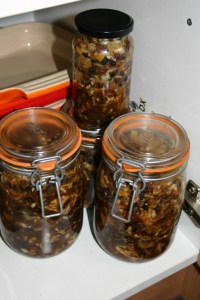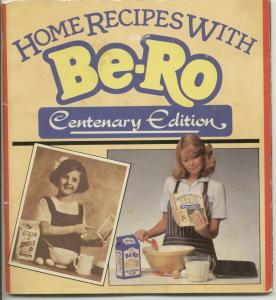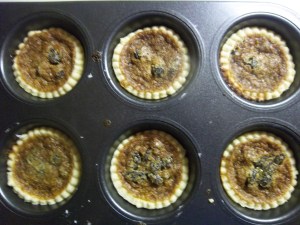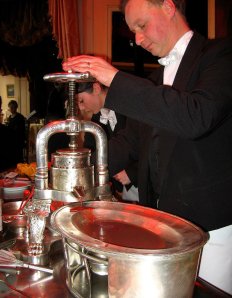A few months ago I decided to work through every cut of every animal that is bred and killed to adorn our plates for the blog. Hopefully I’ll succeed in this – both having been a vegetarian in my past and hating any kind of food waste have greatly contributed to this bee I have in my bonnet. There are so many different cuts of meat – as in muscle – and offal – as in odd bits – that we should revel in the astounding variety we have, but instead we generally do not; chickens are killed for their breasts, cows are killed for their rumps and fillets, and pigs and sheep for their legs and loins. I wouldn’t feel guilty if I bought a pack of chickens’ livers that came from intensively-reared chickens, but I could never buy chicken breasts from those chickens. There is perhaps an argument that vegetarians and vegans could eat such offcuts, since no chicken has died for its giblets or calf for its sweetbreads.
Things are getting better – people are becoming thrifty and with all this Horsemeat Scandal of the past few months, they have become much more interested in meat. Cheaper cuts are being tried, and everyone is realising that the whole animal is delicious. My local butcher has trays of hearts, sweetbreads, pigs’ tails and allsorts, which I am sure were not so easily available a just couple of years ago. I wonder if we’ll ever get back to the stage where there are trays of calves’ and lambs’ brains in the butcher’s shop window. I doubt that, but hopefully it will be possible to order them at least. I haven’t tried all of the cuts myself – tripe and chitterlings leave a gap in my own meat cookery knowledge.
So I think things are looking good – the more offcuts and offal we eat, the fewer animals are reared to feed us. This in turn makes meat cheaper, and animal husbandry kinder and less intensive which can’t be bad.
I have to mention Mr Fergus Henderson here of course – he is the owner of St. John restaurant in London who coined the term Nose to Tail Eating and really brought the eating of offal right into the foreground of Britain’s food culture today. Of course many recoiled in horror, but then it turned out that all this food was delicious. All’s well that ends well. I had the idea of using all the cuts when I made oxtail soup a few months ago, and so I dubbed the series ‘Tail to Nose Eating’. I am sure Mr Henderson won’t mind.
The other person to name here is Hugh Fearnely-Whittingstall whose experiment in self-sufficiency has created the behemoth that is River Cottage. His astoundingly comprehensive River Cottage Meat Book is simply excellent (as are the other ‘handbooks’ he and his team have produced) and it cannot be bettered. His television programmes are great too as they show the process of growing, eating and killing animals when done on a small scale and how this compares to the farms that supply to our supermarkets. HFW also shows us all how to cook offal and other underused cuts and we get to see people eating the food and not throwing up, but licking their lips and having second portions.
I have already given several recipes that could be counted as Tail to Nose Eating; as already mentioned, there’s the oxtail soup, but also potted chicken livers, braised lamb shanks and duck stock. I have a couple saved up that will be appearing on the blog soon, should I pull my finger out and get them written…
If you like the blogs and podcast I produce, please consider treating me to a virtual coffee or pint, or even a £3 monthly subscription: follow this link for more information.


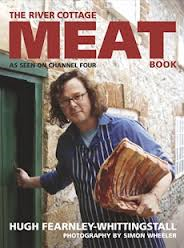
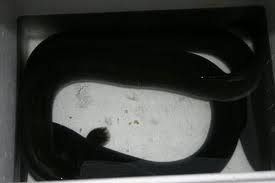
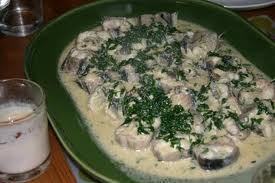

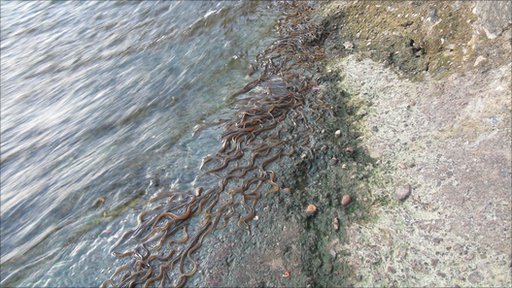


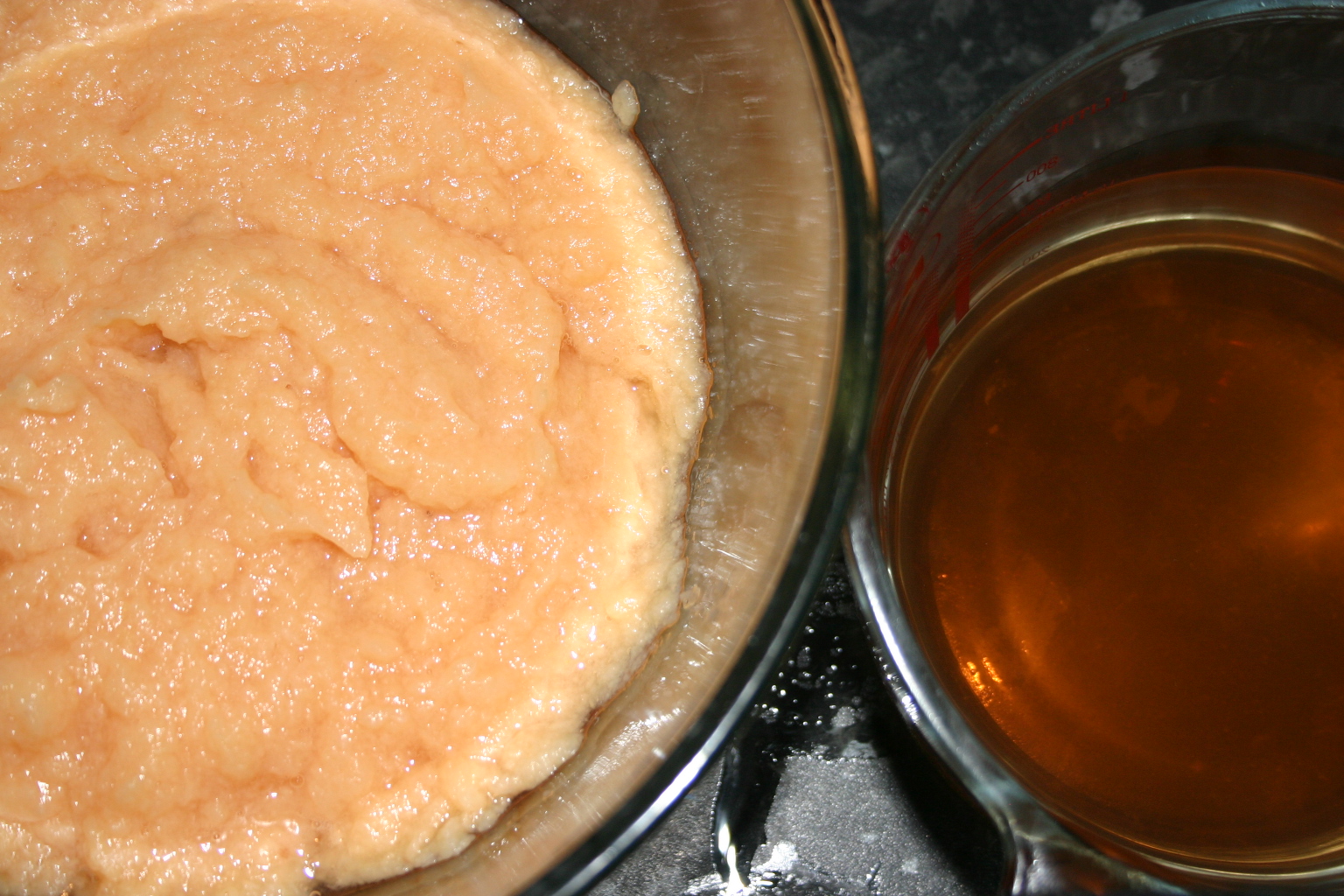



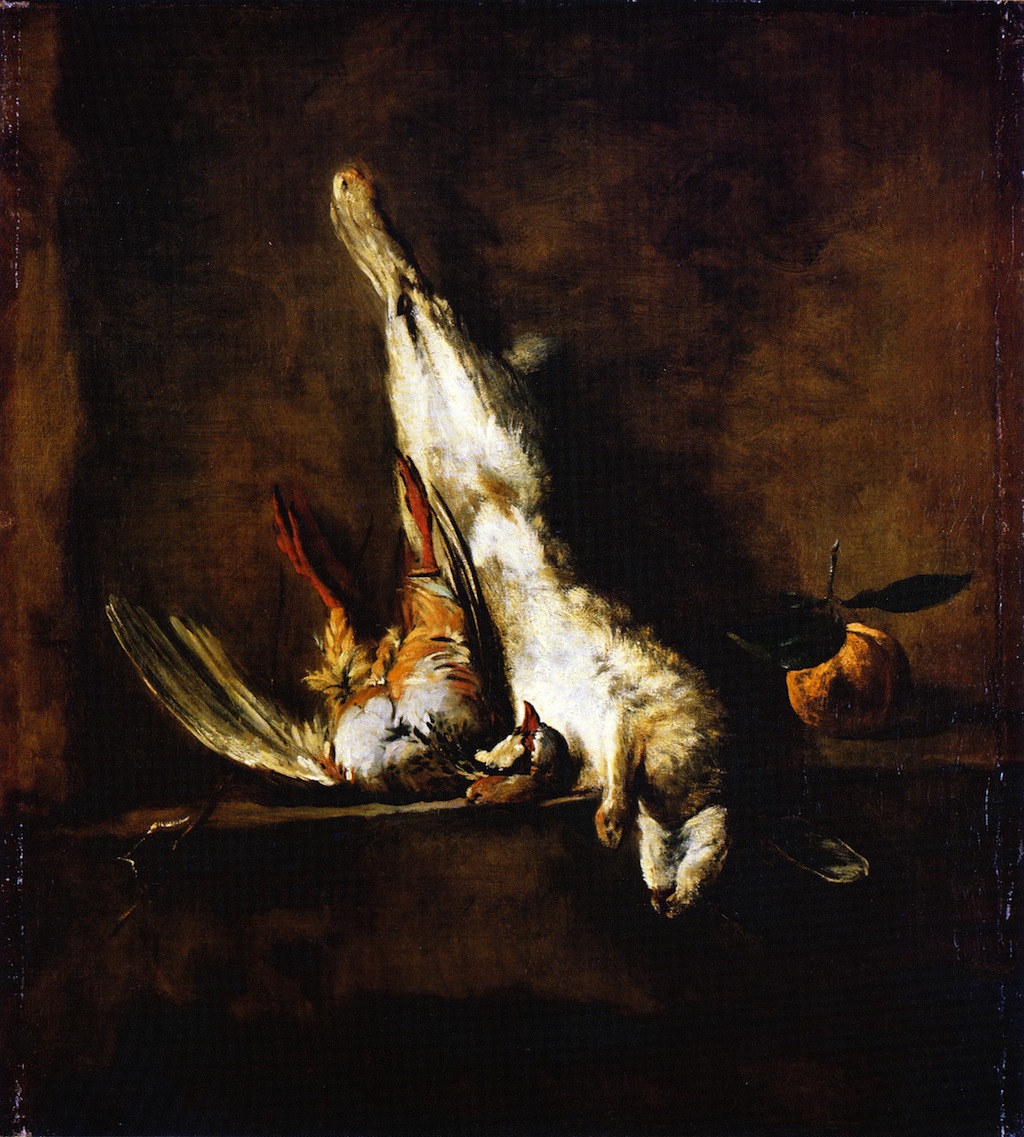



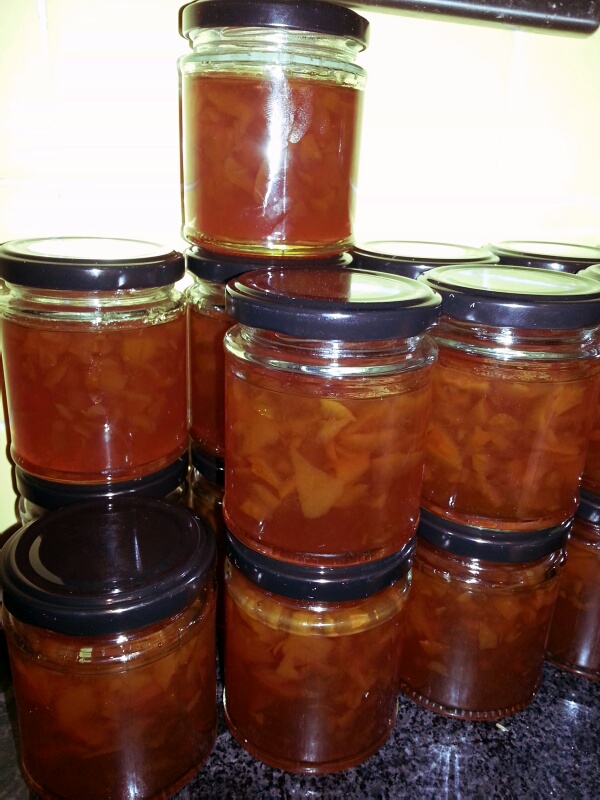
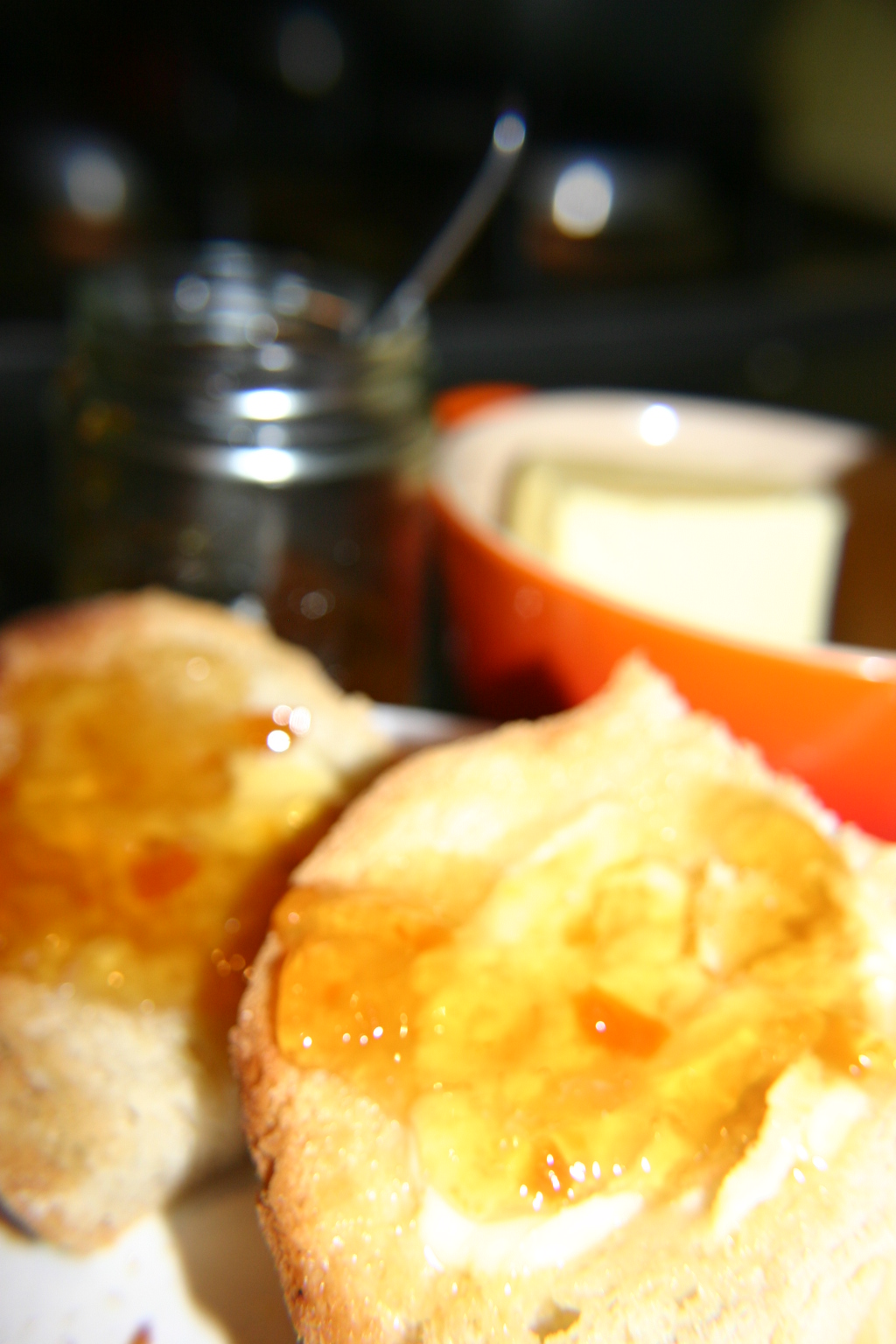
![20121228_191019[1]](https://fix-quick.today/wp-content/uploads/2012/12/20121228_1910191.jpg)
![20121228_184345[1]](https://fix-quick.today/wp-content/uploads/2012/12/20121228_1843451.jpg)

